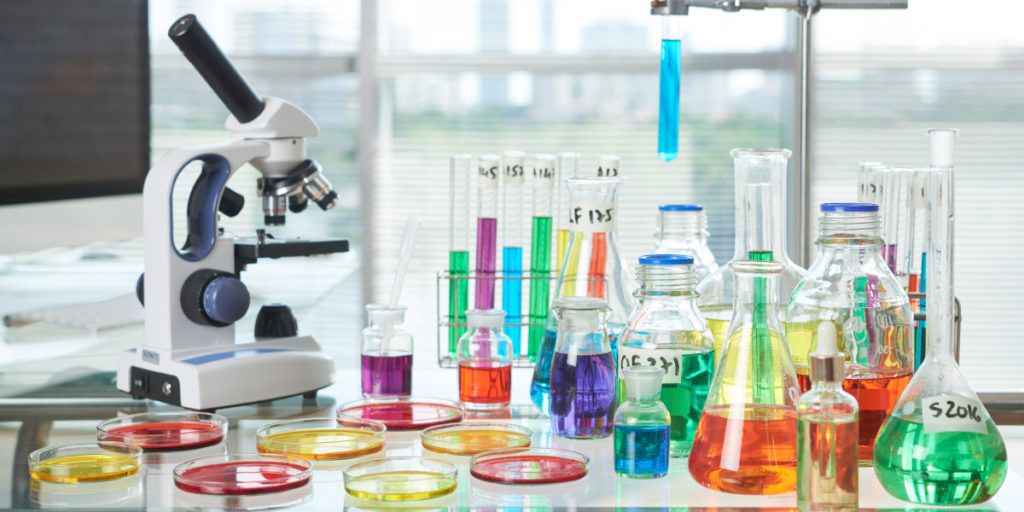Your kids will have a greater motivation to learn about and participate in scientific endeavors if you introduce them to the world of do-it-yourself (DIY) science experiments at home. You can checkout the best online learning resources for kids here.
Despite this, the idea of constructing a scientific lab in one’s own house can be a little bit scary. But try not to let this deter you. Here is the information that you require to know:
A Needed Space
It is not necessary to have a room in your house that is just used for science labs if you want to have a dedicated place for your science lab there. Even if you have a restricted amount of room in your house, there are still options for you to make this. The question now is how to choose a specific location.
To conduct a wide range of scientific investigations, you’ll need to choose a place that has adequate air circulation. This may take place in your garage, an area of your home with a lot of windows, the back porch, or somewhere else along these lines. Follow this link for more about DIY Lab ware.
Choose a spot that has plenty of light available. Or, acquire some more lighting that can be plugged in. In the do-it-yourself science lab, you set up at home, having adequate illumination is absolutely necessary.
Choose a spot that is not difficult to reach and offers excellent visibility. Depending on how old your children are, you might be able to keep a safe distance from them while they carry out their laboratory experiments. However, you should always make sure that you are able to check in visually to see how things are doing so that you can ensure the highest possible level of laboratory safety.
Related: Science Quizzes for Kids
The Fundamental Equipment
Before we get into the science supplies that you will need for your home science lab, we will first discuss the fundamental laboratory equipment. These are the items you need to get your area ready to function as a science laboratory!
Consider a table, counter, or maybe something comparable to those examples. When you need to make the most of a space that serves multiple purposes, a table that can be folded up is an excellent choice to make. If your location is a garage, you might have a workbench there that you might clear out for use in lab activities, scientific programs, and laboratory experiments.
If you do not have a room that is specifically designated as your science lab, you should store most of your goods in containers, such as a box or a storage bin. And let’s be honest here: the vast majority of us do not. This is for a number of reasons, the most important of which being practicality and safety. You may use actual bins or plastic drawers that are sold in pretty much every retail establishment in your area.
If necessary, you can use a tarp, a plastic mat, or a plastic sheet to protect the surface area of your floors or other areas. Read more on this page.
Related Articles:
- Best + Free Art & Drawing Classes for Kids
- Great Coding Programs for Kids
- Computational Thinking for Kids
The Necessary Materials
The materials that are needed will change depending on the age group, the area of study, and the interests of the individual. But generally, as an educator, you’ll want to make an effort to keep a list of supplies needed along with the ones you put on for particular upcoming projects. This is in addition to the fact that you’ll want to add those supplies as they become necessary. You are going to require baking soda, balloons, corn starch, peroxide, alcohol, toothpicks, tweezers, gloves, pencils, notebooks, and others. If you really want to try out DIY for science labs, start making that list!
Something Extra
Having something exciting like a science kit on hand is always a good idea. You can have only a few of them lined up on the shelf, or you can line up the entire shelf with them. These also make for some insanely entertaining presents for birthdays and other special occasions.
Kits are fantastic because, in most cases, they include supplemental materials as well. These additional components allow you to either conduct the experiment more than once or add to your existing collection of components.




